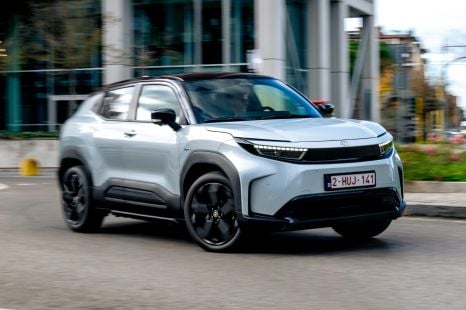

Matt Robinson
2026 Toyota Urban Cruiser review: Quick drive
6 Hours Ago
Guest User
My dashboardKeen to get your hands on a piece of Ferrari history? A unique one is coming up for sale.

Contributor
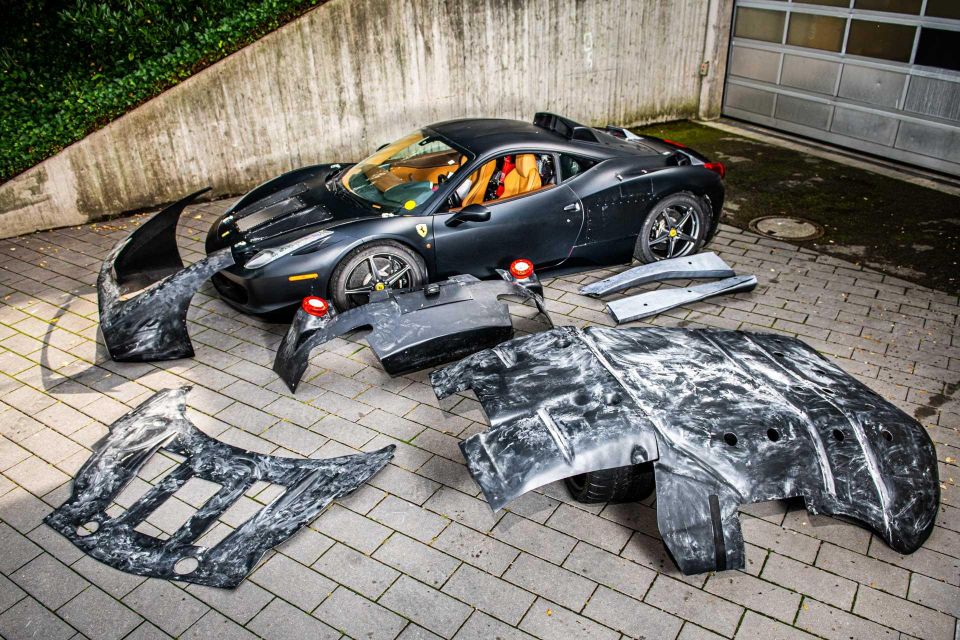

Contributor
Feel like living out your dreams of a supercar test-driver? This heavily modified and camouflaged Ferrari 458 could be the answer to your fantasies.
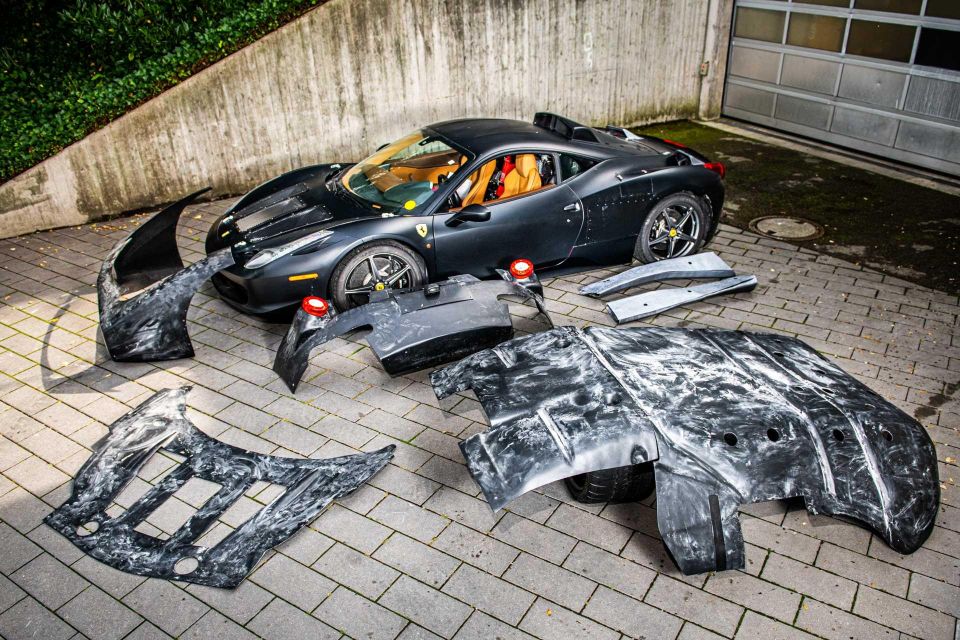
Typically test mules, especially those from Ferrari, are kept closely guarded by the manufacturer, or stripped, cut up and crushed to prevent them entering the hands of the competition.
But for whatever reason, this LaFerrari prototype has wound up in a private collection after being sold by Ferrari in 2016.
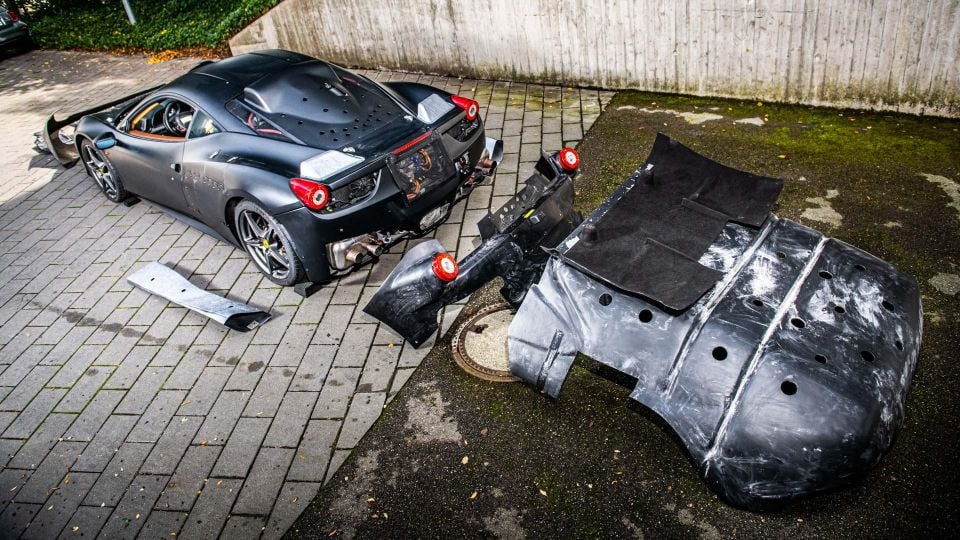
Leading up to the global reveal of LaFerrari at the 2013 Geneva motor show, the supercar titans of the automotive industry battled to develop their own production-ready hybrid powertrain technology. Within the space of five months, the LaFerrari, McLaren P1, and Porsche 918 Spyder had all commenced production, cementing 2013 as a pivotal year for supercar evolution.
After decades of competition between manufacturers to produce the fastest car by virtue of the most potent internal-combustion engine, the embrace of the electric powertrain would change the game forever.
This trio of hybrid supercar pioneers marked a new era of performance engineering.
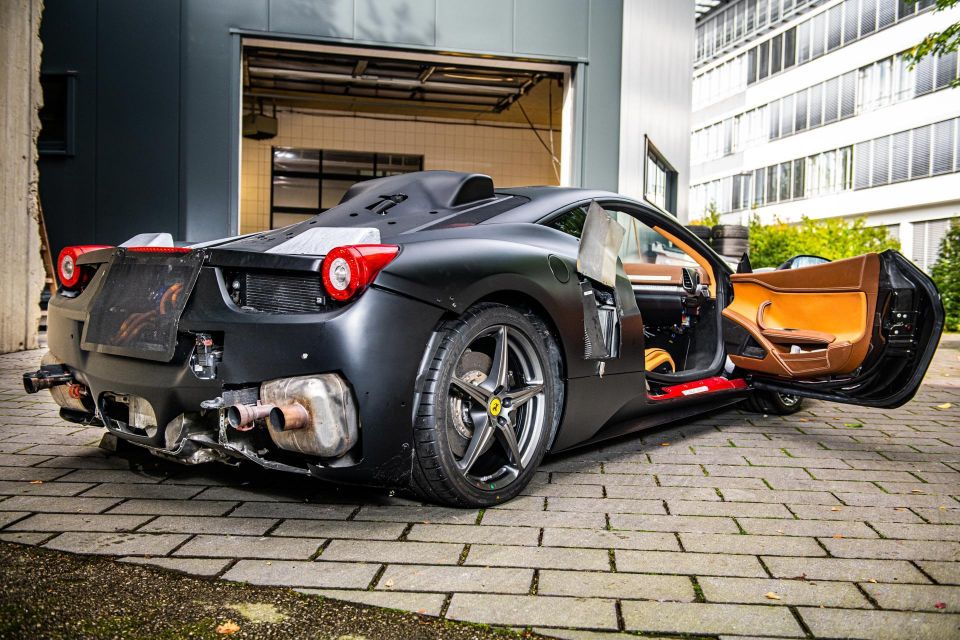
To begin, the first test mule, known as “M6”, was derived from Ferrari’s Type F142 platform—more commonly known as the Ferrari 458 Italia. Compared to the final production version of the LaFerrari, this early test mule’s likeness to the 458 Italia is clear.
It features the 458 Italia’s smooth and uninterrupted side panels, doing without the side-mounted air scoops that draw in air to cool the finished LaFerrari’s mid-mounted hybrid powertrain, while also featuring many of the flowing Pininfarina-penned lines of the earlier car.
Conversely, the completed LaFerrari was the first Prancing Horse since the Dino 308 GT4 – styled by Bertone and made from 1973 to 1980 – not to wear a Pininfarina design.
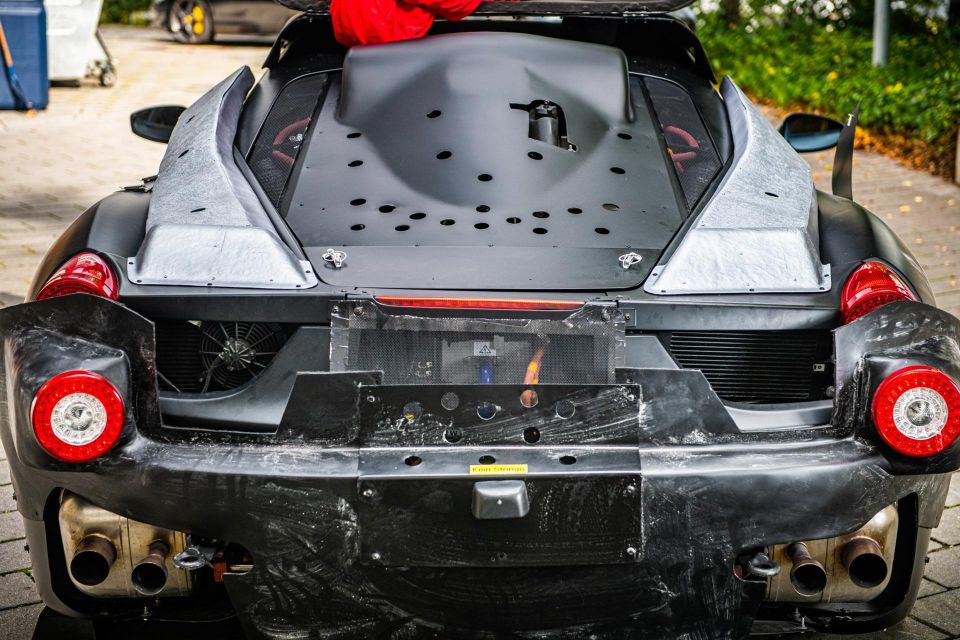
The aluminium chassis was modified to accommodate the prototype hybrid LaFerrari powertrain, once more differing from the final car’s carbon monocoque that was made alongside Ferrari’s F1 cars. In the case of the M6 mule, it was propelled by a V12 Type F140FB engine, while the final production car would be fitted with Ferrari’s Type F140FE, a progression of this.
Engineers also adapted the shock tower around the prototype as part of their research into weight distribution of the car. This first phase of the LaFerrari prototype was used between May 2011 and December 2012 as a development model for the testing of mechanical components; primarily focused on the research of brakes, steering, suspension and tyre integration.
It also marks the first application of an ESP (Electronic Stability Programme) in the LaFerrari project; and most importantly carrying out extensive testing around the prototype hybrid system.
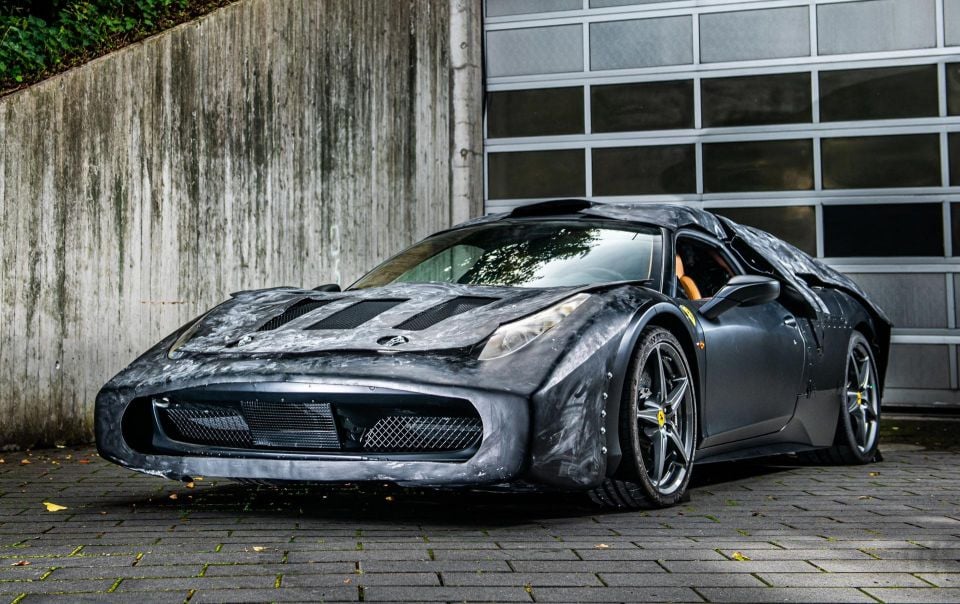
Later stages of the tri-phase LaFerrari prototype cycle were known internally as the “Second Family Mulotipo” and “Third Family Preserie” (or “pre-series”) with each newer instalment looking more like the finished product Ferrari would begin to deliver to customers in 2013.
Given the complexity of the new electric powertrain, engineers and researchers at Ferrari committed significant resource to development of LaFerrari. The supercar was spotted on multiple occasions in pre-production camouflage around Ferrari’s Maranello headquarters, while there were also sightings of development cars in testing on Germany’s famously unforgiving Nürburgring circuit, even after the final car had been revealed.
This was testament to Ferrari’s commitment to perfecting its design, and surely one of the ultimate locations to test a car to its limits.
Always known as a company that rewards its most loyal customers, Ferrari began to offer its LaFerrari development mules for sale once it was clear that they were no longer required for testing.
This example, sold privately in July 2016, was offered subject to a refresh and repaint by Ferrari, on the understanding that the car was not homologated therefore could not be registered for road use nor be used on public race circuits.
However, this very collectable part of Ferrari history could be used on private land with its running powertrain.
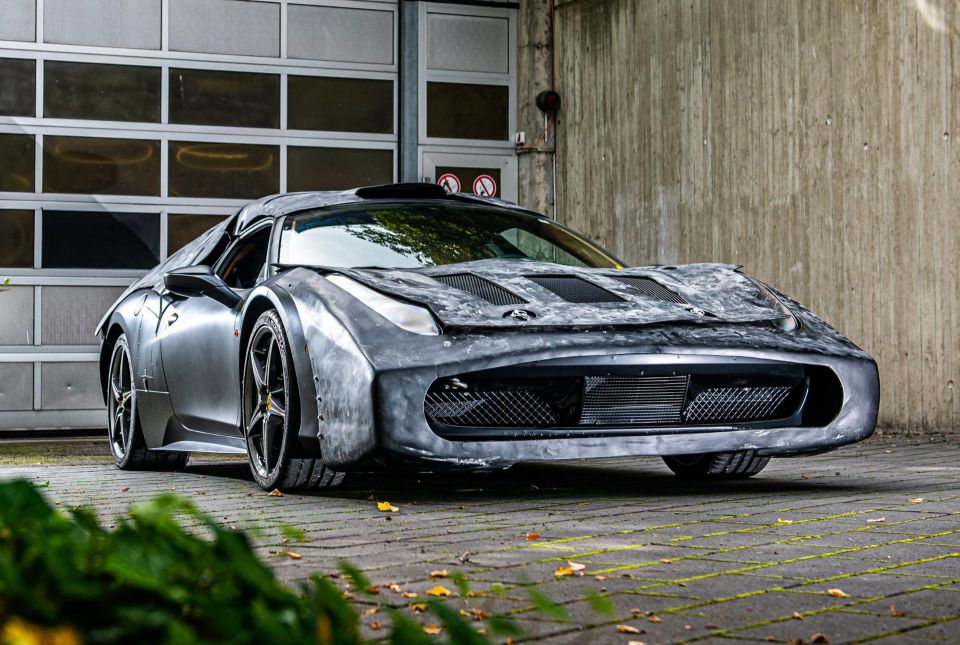
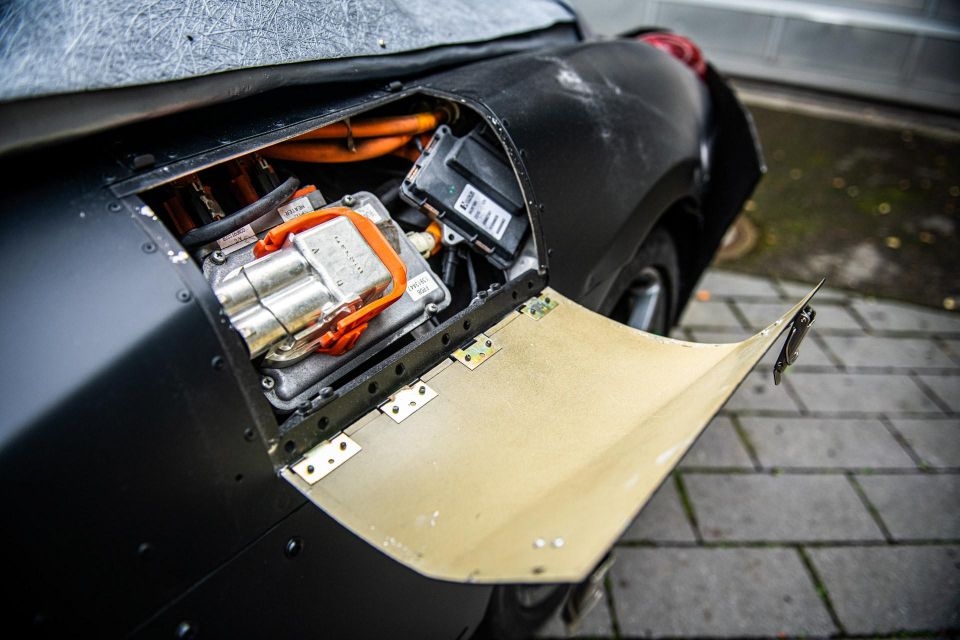
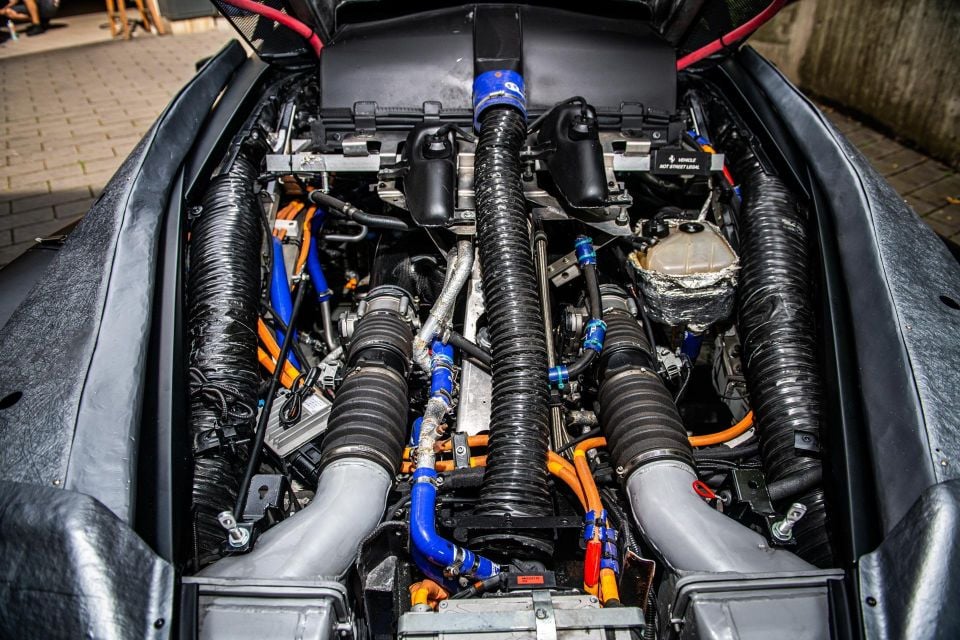
Now it is offered for sale again, with the distinguishable matte test mule Nero exterior finished over a Pelle Beige interior. Selected parts of its bodywork are cut or are rough, the interior presents an assortment of colours and styles, and the engine bay does without the conventional Ferrari neatness for an assortment of exposed wires, heat shield wraps, and protruding hoses – yet these endearing features only add to the fascinating history of this unique Ferrari test mule.
All around this intriguing example are remnants of its past, not limited to the hand-cut access panels on the outside, also including exposed metalwork around the cabin, hand-written marker annotations, printed tester’s notes stuck to the dashboard, and exposed mechanical works behind the seats.
The prototype is offered for sale with the additional exterior panels it wore during testing. The car is officially recognised by Ferrari, and is Ferrari Classiche-certified with an accompanying Yellow Book.
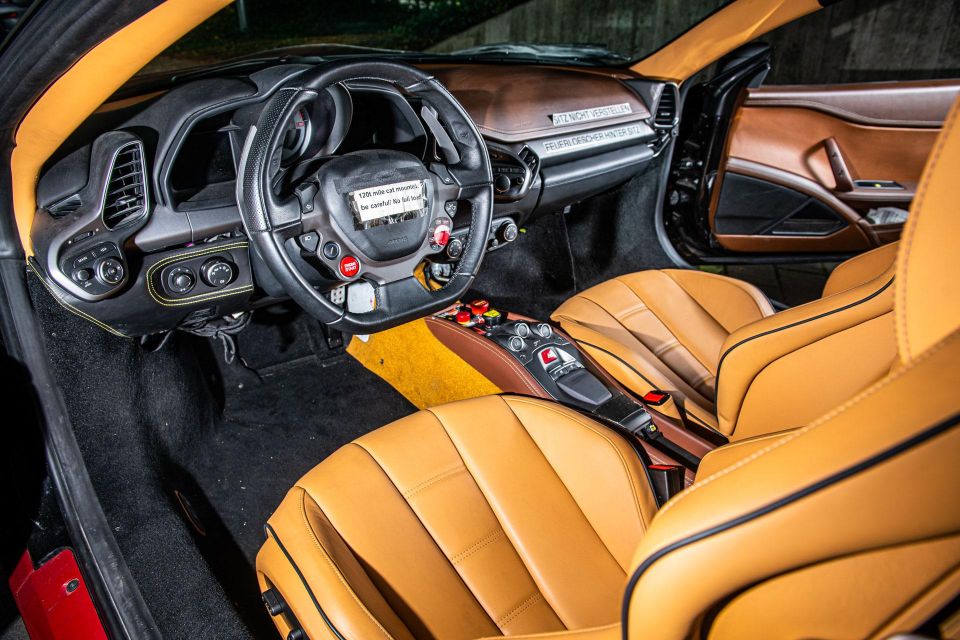
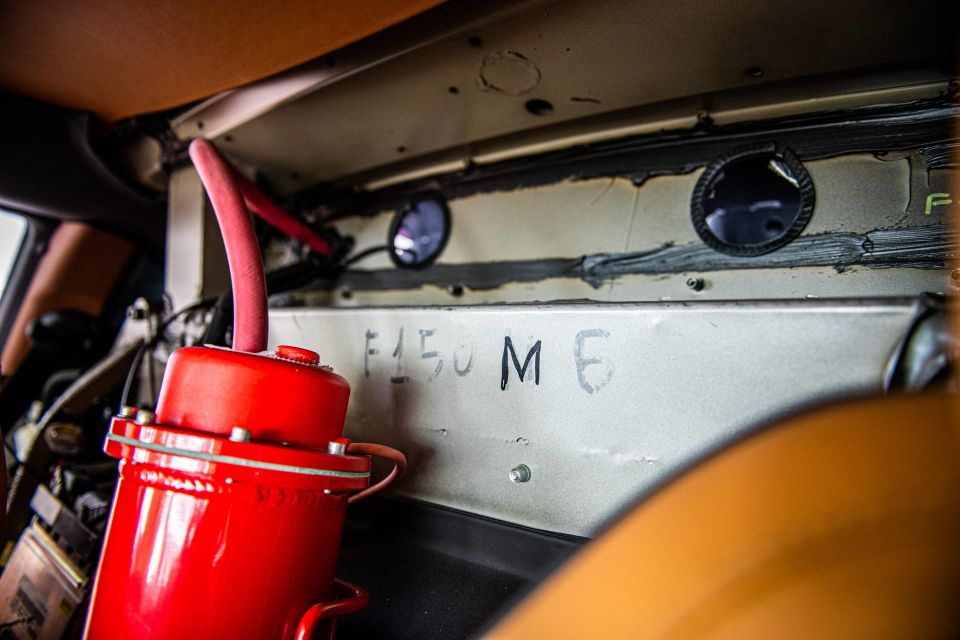
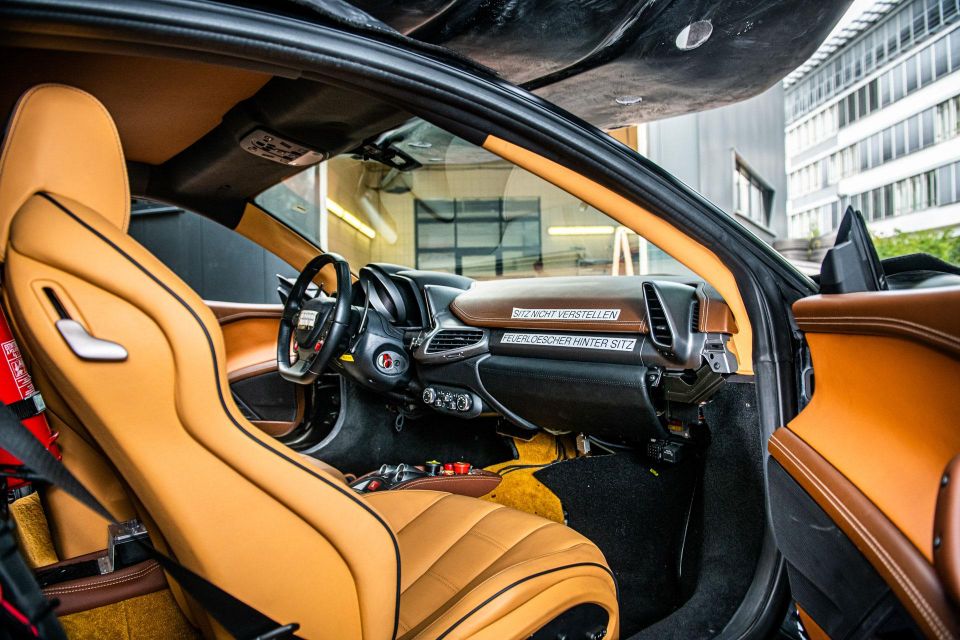
The LaFerrari would go onto carve a legendary reputation. Its blistering performance can be attributed to its 6.3-litre V12 engine lifted from the developmental FXX model, yet its electric motor and KERS (Kinetic Energy Recovery System) hybrid set-up sets it apart. With 3322 km on its odometer at the time of cataloguing, it is remarkable to think about the extent of testing and hours of rigour this car was subject to while undergoing development with Ferrari.
While the prototype cannot be registered for the road, it would easily slot into the collection of any Ferrari enthusiast as an incredible piece of the marque’s history and transition into the age of the hybrid supercar.
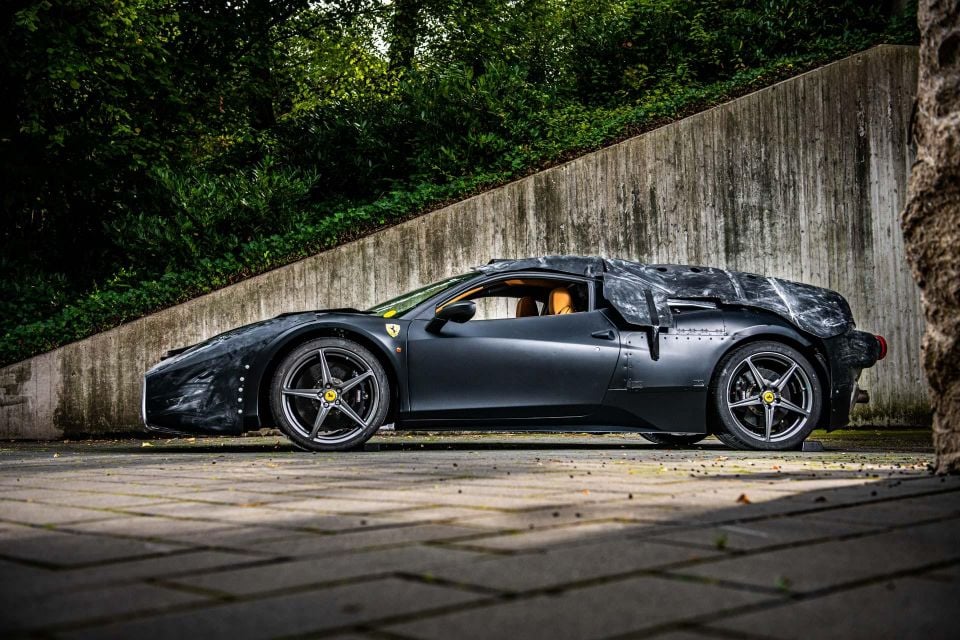
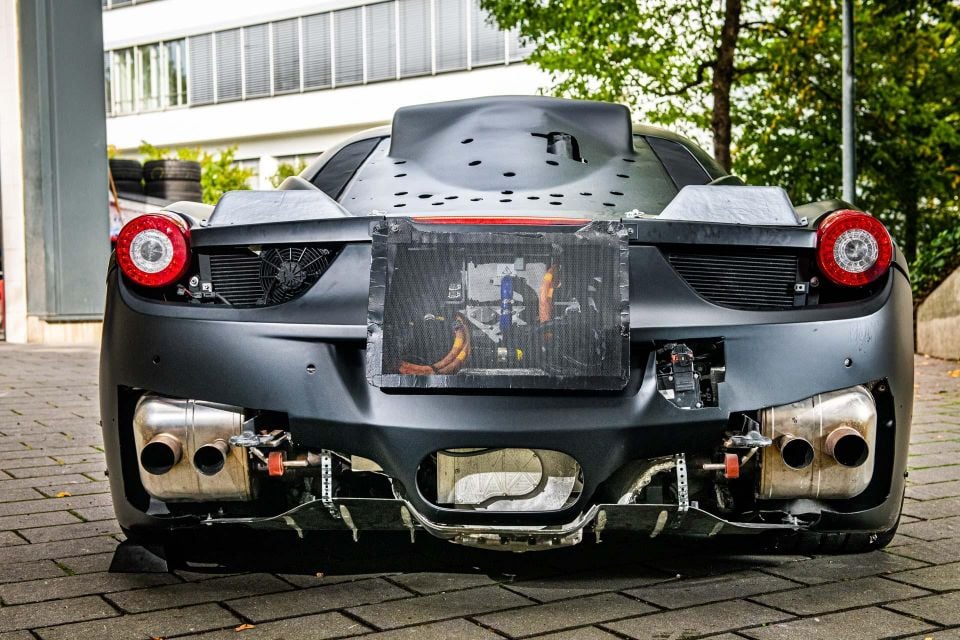
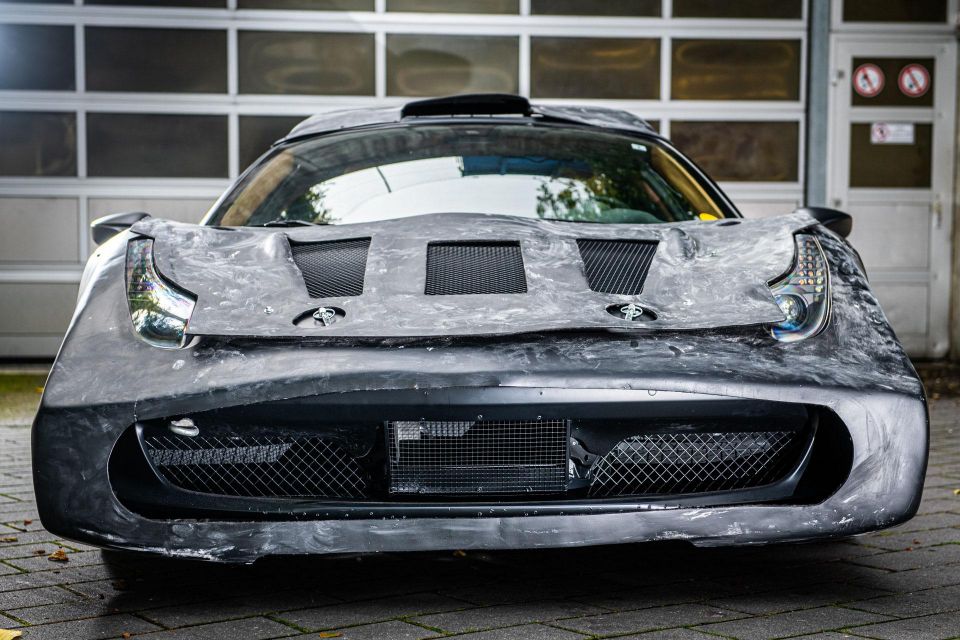
This “M6” LaFerrari prototype is set to go under the hammer in May at RM Sotheby’s.
Mark Trueno is a CarExpert Contributor.


Matt Robinson
6 Hours Ago
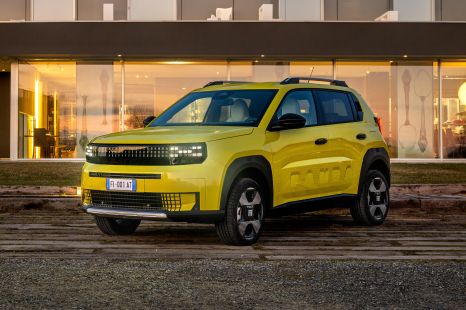

Damion Smy
17 Hours Ago


William Stopford
18 Hours Ago
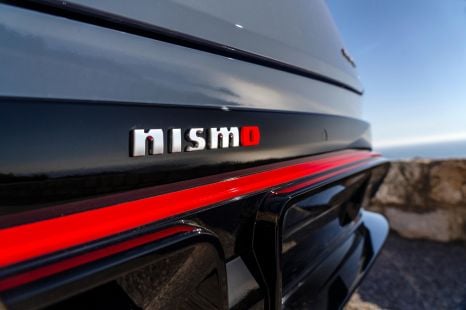

Ben Zachariah
18 Hours Ago
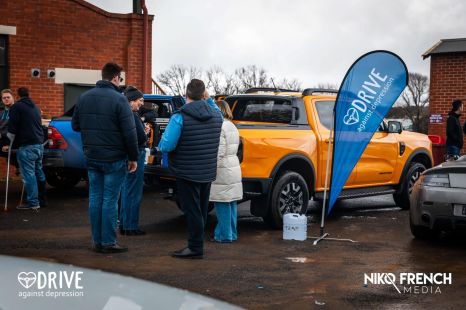

James Wong
19 Hours Ago
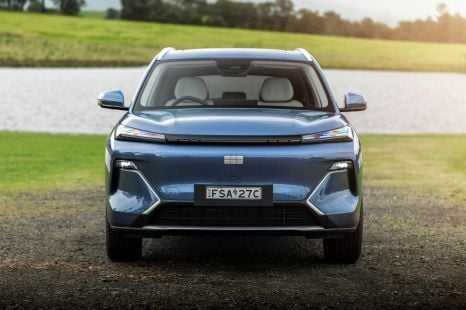

James Wong
22 Hours Ago